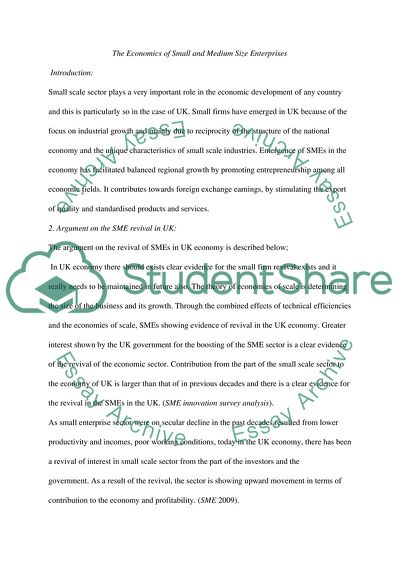Cite this document
(Causes of the UK Small Firm's Revival Coursework, n.d.)
Causes of the UK Small Firm's Revival Coursework. Retrieved from https://studentshare.org/macro-microeconomics/1721576-the-economics-of-small-and-medium-size-enterprises
Causes of the UK Small Firm's Revival Coursework. Retrieved from https://studentshare.org/macro-microeconomics/1721576-the-economics-of-small-and-medium-size-enterprises
(Causes of the UK Small Firm'S Revival Coursework)
Causes of the UK Small Firm'S Revival Coursework. https://studentshare.org/macro-microeconomics/1721576-the-economics-of-small-and-medium-size-enterprises.
Causes of the UK Small Firm'S Revival Coursework. https://studentshare.org/macro-microeconomics/1721576-the-economics-of-small-and-medium-size-enterprises.
“Causes of the UK Small Firm'S Revival Coursework”, n.d. https://studentshare.org/macro-microeconomics/1721576-the-economics-of-small-and-medium-size-enterprises.


